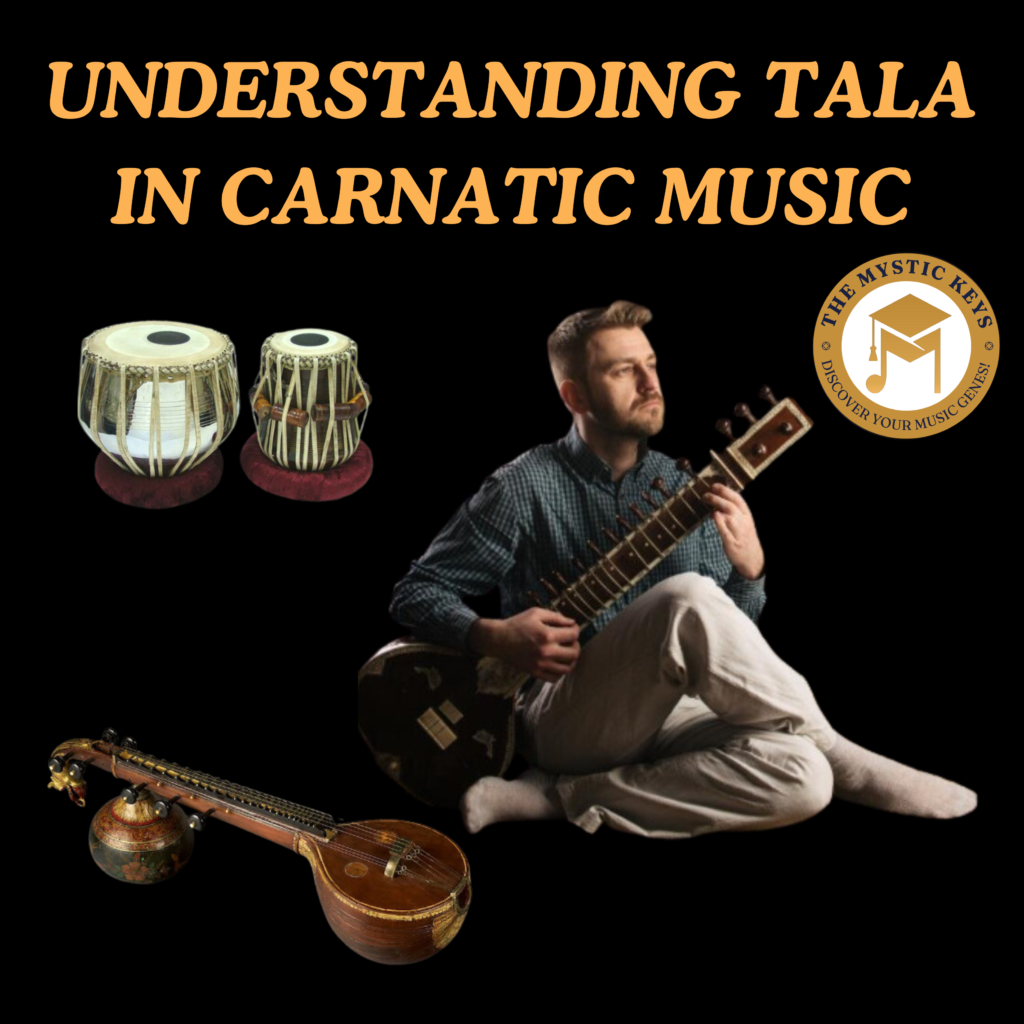Understanding Tala in Carnatic Music
Tala, the rhythmic framework in Carnatic vocal music, is akin to the heartbeat that gives life to a composition. It’s the rhythmic pulse that underpins the melody, creating a captivating musical experience. At The Mystic Keys, we believe that a deep understanding of tala is essential for every aspiring Carnatic musician. Let’s delve into the intricacies of this fundamental aspect of Carnatic music.
What is Tala?
Tala is a cyclic structure comprising a specific number of beats (matras) divided into various units (angas). It’s the rhythmic blueprint that guides the musician through the composition. The cyclic nature of tala creates a sense of anticipation and fulfillment, adding depth and complexity to the music.
- Matra: The basic unit of time in Carnatic music.
- Anga: A division of the tala cycle.
- Tala Cycle: The complete pattern of beats that repeats.
Common Tales in Carnatic Music
There are numerous talas in Carnatic music, each with its unique characteristics and complexities. Some of the most commonly used talas include:
- Adi Tala: A foundational tala with seven beats (matras), divided into four angas.
- Rupaka Tala: A popular tala with seven beats, divided into three angas.
- Triputa Tala: A complex tala with seven beats, divided into three angas.
- Jhampa Tala: A lively tala with six beats, divided into three angas.
The Importance of Tala in Carnatic Music
Tala is the backbone of Carnatic music, influencing various aspects of a composition:
- Rhythm: Provides the rhythmic foundation for the composition.
- Melody: Shapes the melodic structure and phrasing.
- Improvisation: Serves as a framework for creative improvisation.
- Structure: Defines the overall structure of a musical piece.
Learning Tala
Mastering tala requires dedicated practice and a keen sense of rhythm. Here are some tips for beginners:
- Listen actively: Immerse yourself in Carnatic music to develop a strong rhythmic sense.
- Count the beats: Practice counting the matras and angas of different talas.
- Visualize the cycle: Imagine the tala as a circular pattern to aid understanding.
- Practice regularly: Consistent practice is key to mastering tala.
Conclusion
At The Mystic Keys, we emphasize the importance of tala in our Carnatic music curriculum. Our expert teachers provide comprehensive guidance on mastering different talas, helping students develop a strong foundation in rhythm.
Additional Resources:
For more information and exciting resources about learning music, visit our website at The Mystic Keys. For more music content and exciting offers follow us on








